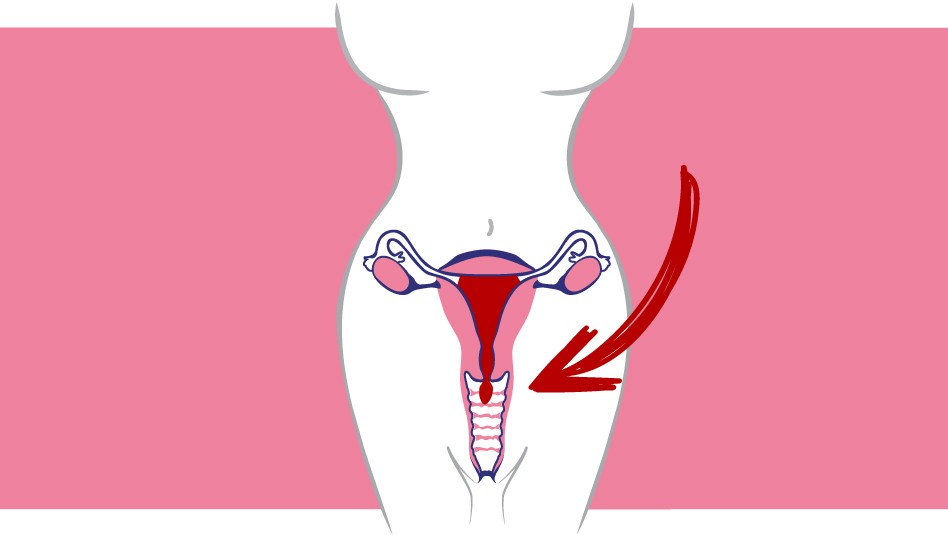Uterine Prolapse
What is uterine prolapse?
Uterine prolapse occurs when the uterus, the organ where a baby grows during pregnancy, breaks off and falls onto the vaginal canal due to weakened muscles and ligaments that support it. Other organs, such as the ovaries and the bladder (cystocele) can also break due to the weakening of the tissues of the pelvis.
It usually occurs in women who have had one or more of a vaginal birth. Aging can also cause it and the lack of estrogen that leads to the menopause. Other risk factors include obesity, chronic cough, as they increase the pressure in the pelvis, and pelvic tumors, although these are rare.
It can be mild, moderate or severe depending on the degree of descent of the uterus. In severe cases, this body protrudes past the vaginal opening.
What are the symptoms?
Uterine prolapse can influence the daily activities of women and cause discomfort to worsen their quality of life. The most common symptoms are:
- Feeling of sitting in a small ball
- Difficult or painful intercourse
- Frequent urination and sudden urgent need to urinate
- Lumbago
- Ongoing infections in the gallbladder
- Feeling of heaviness in the pelvis
- Vaginal bleeding or increased vaginal discharge
From 45-50 years, with the onset of menopause, the percentage of women living conditioned by this type of discomfort is quite high, though many do not communicate modesty or shame. With new surgical techniques, uterine prolapse can be resolved satisfactorily in most cases, after verification of good health of women.
What is the best treatment?
For years, uterine prolapse has been treated with the introduction of a pessary, a device for holding the uterus, although recent surgery has proved more effective. Pessaries require periodic cleaning and in some cases may irritate the vaginal wall interfering with intercourse.
In a high percentage of cases, can be solved with a simple surgical procedure that involves the placement of a polypropylene mesh that will hold this body. You can also opt for a hysterectomy, that is, remove the uterus and fix the structures that support it.
The patient may be anesthetized from the waist down (epidural anesthesia) or under general anesthesia. The postoperative period is two to four days and may be back to normal within two weeks.
Obviously, these techniques require experienced staff, so you must go to a medical center that has all the guarantees. After the intervention, women enjoy new freedom for all kinds of activities and may again enjoy sex.

